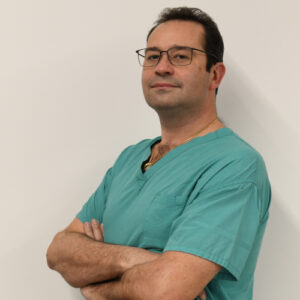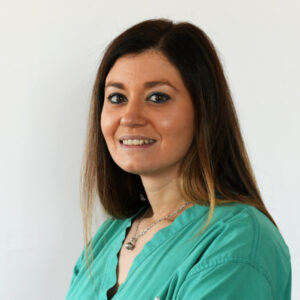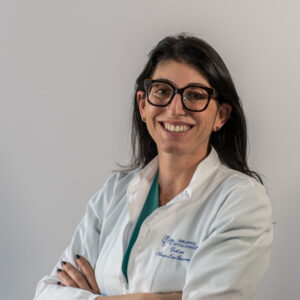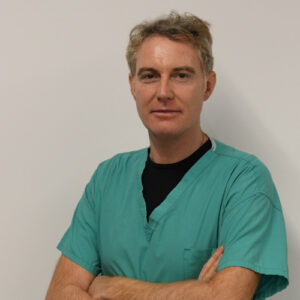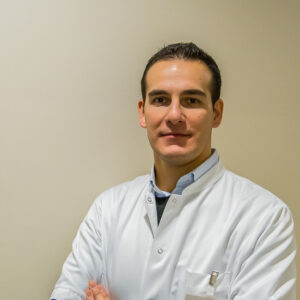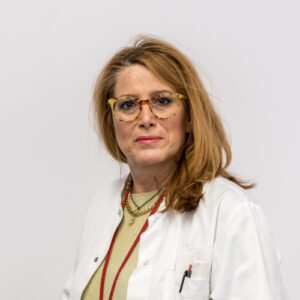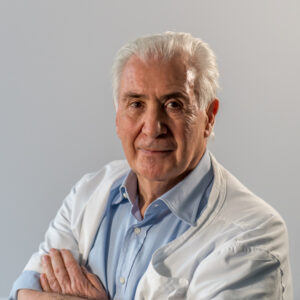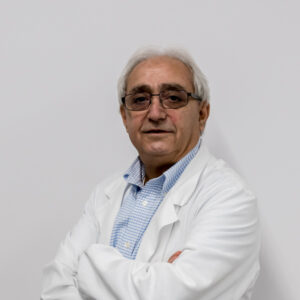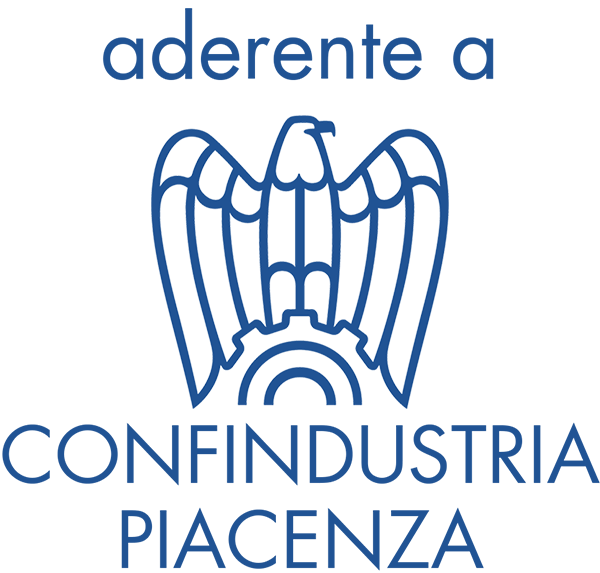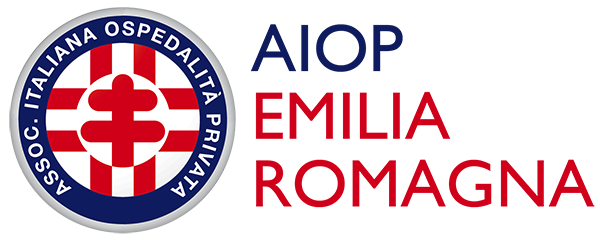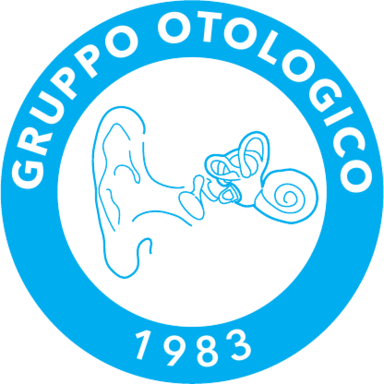Active Middle Ear Implants (AMEI)
Hearing implantology is a set of surgical techniques for implanting devices aimed at the functional rehabilitation of patients affected by total or partial deafness. Cochlear implants do not “replace” the ear, but they can help many people considered deaf.
By stimulating the auditory nerve, they transmit signals to the brain, which in turn transforms the impulse into “hearing”.
Cochlear implants are essential for many children born with severe forms of hypoacusis; in these cases, the implant can promote the patient’s growth with the fundamental hearing abilities for proper language comprehension. The purpose of “prosthetic therapy” is to allow the patient affected by hypoacusis a better language comprehension.
The hearing aid is a miniaturized electronic device that offers the hypoacusic patient controlled and comfortable sound amplification.
The cochlear implant and the brainstem implant are implantable devices (respectively in the inner ear and the brainstem) that allow patients affected by severe and profound forms of deafness an improvement in hearing ability and awareness of sounds in daily life.
Finally, there are other types of prostheses called implantable (Active Middle Ear Implants and Bone Anchored Hearing Aids) that can represent, in particular cases, an alternative to traditional hearing aids. The purpose of the prosthetic evaluation is to gather all useful information to generate a complete description of the patient’s hearing status, both objective and subjective.
The crucial role of the audiologist, during the counseling, is to make the patient and family members aware of the specific condition’s peculiarities and to obtain their consent on the primary objectives to be achieved with the use of the hearing aid. The Otological Group has enabled thousands of children and adults to hear, becoming over the years one of the largest and most respected hearing implant centers in the world, dealing with:
- cochlear implants CI;
- active middle ear implants (AMEI);
- bone-anchored hearing aids (BAHA);
- hearing aids;
- auditory brainstem implants (ABI);
- CROS system;
- sensorineural hearing loss.
Patient Preparation
No special preparation rules are required for the patient, but the doctor may advise bringing all documentation regarding other in-depth examinations to be performed (magnetic resonance imaging, computed tomography - CT, etc.).
doctors
Dott. Antonio Caruso
Otorinolaringoiatria, Otologia, Neurotologia, Chirurgia della Base Cranica, Chirurgia Endoscopica dei Seni Paranasali
Dott.ssa Vittoria Di Rubbo
Otorinolaringoiatria, Otologia, Chirurgia della Base Cranica, Neurotologia e Chirurgia Endoscopica dei Seni Paranasali
Dott.ssa Anna Lisa Giannuzzi
Otorinolaringoiatria, Otologia, Neurotologia, Chirurgia della Base Cranica, Vestibologia
Dott. Lorenzo Lauda
Otorinolaringoiatria, Otologia, Neurotologia, Chirurgia della Base Cranica, Chirurgia Endoscopica dei Seni Paranasali, Chirurgia Riabilitativa del Nervo facciale
Dott. Gianluca Piras
Otorinolaringoiatria, Otologia, Neurotologia, Chirurgia della Base Cranica, Chirurgia Endoscopica dei Seni Paranasali
Dott.ssa Alessandra Russo
Otorinolaringoiatria, Otologia, Neurotologia, Chirurgia della Base Cranica, Chirurgia Ricostruttiva del Padiglione Auricolare
Prof. Mario Sanna
Otorinolaringoiatria, Otologia, Neurotologia, Chirurgia della Base Cranica
Dott. Abdelkader Taibah
Otorinolaringoiatria, Otologia, Neurotologia, Chirurgia della Base Cranica
contacts
Via Morigi, 41
29122, Piacenza (PC)
Tel. (+39) 0523.751280
WhatsApp – 389.2625175
ufficio.privati@casadicura.pc.it

